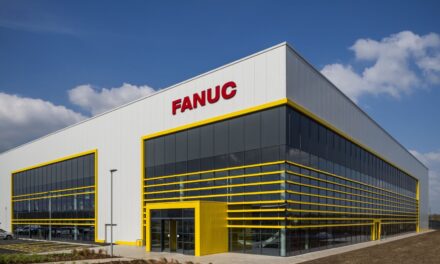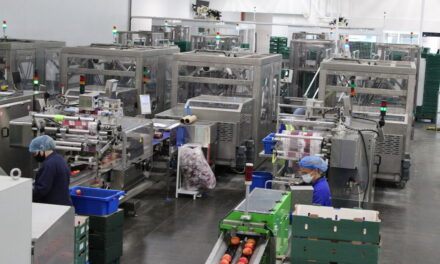You may have heard of Sod’s law, also known as Finagle’s law, or Murphy’s law, where “what can go wrong, will go wrong, and often with the worst timing possible”. It’s a fact of life, and when things inevitably go wrong sometimes the only approach is to take the hit and try again with a vengeance. Here Neil Ballinger, head of EMEA at automation parts supplier EU Automation, discusses restarting production in the aftermath of equipment failure. 
While suggesting that industrial equipment holds personal grudges against the engineers working with them is a touch absurd, the practical consequences are the same. With potentially thousands of inter-reliant, imbricated pieces of equipment all synchronised and highly tuned for maximum productivity, there is always the potential for something to fail, and the evidence bears this out with hardware malfunctions being the leading cause of unplanned industrial downtime. Almost half occur this way.
You might be forgiven for thinking that this sort of thing is a thing of the past. After all, modern computers with SCADA software, with recent generations boasting machine learning algorithms, should be able to identify and flag up failing equipment well in advance of it breaking. Shouldn’t they?
Theoretically, yes, as with a fully integrated modern SCADA system, sudden and unplanned equipment failure can be entirely avoided through planned and predictive maintenance scheduled using data from the SCADA system.
But how does this theory align with the reality in the market, where operating margins are tight, quotas keep coming and human error must be factored in? To paraphrase Napoleonic-era Prussian army general, Helmuth von Moltke, “No plan survives contact with reality”.
Grinding to a halt
If a single conveyor servo were to suddenly seize, for instance, the other motors on the line will experience a huge spike in torque, which can have serious consequences, such as causing a risk of fire. Even if the motor doesn’t seize up and simply stops working, the other motors have to pick up the slack, directly reducing their expected lifespan by putting them under stresses exceeding the initial designed parameters of the line.
This makes assessing linked and adjacent equipment the first, and possibly most important aspect of restarting safely after a shutdown, and motors are only one part of this puzzle. Monitoring gauges, mechanical valves and hydraulic compressors are all considerations, as well as almost any other piece of equipment related to the failed part in question.
Another consideration is that, while no stress or damage may be apparent, the procedural equipment may have halted in place when the failure occurred. This is often the case after sudden power failures and emergency power-off states, and can have very damaging consequences when uninitialised autonomous equipment suddenly starts back up.
The costs of lost time
There are few situations that place such a huge value on time than a shutdown industrial production line. Every second of downtime costs literally hundreds of dollars in lost production, but the effects echo up and down the supply chain to your suppliers and customers alike, consequently slowing their production and pushing the true cost of a stopped line to dizzying heights.
Speed is king in this context, which is the entire purpose of the previous steps. Ignoring this advice and simply flipping the breaker to the production line might initially seem time efficient, but the stress and potential damage to line equipment simply serves to bring the next inevitable breakdown around even quicker. This vicious cycle can entrap entire businesses in its repetitive, stress inducing and wasteful gyre.
So, while machines probably don’t have it in for us quite yet, a little bit of extra effort means we can the most out of them while they’re on our side.



